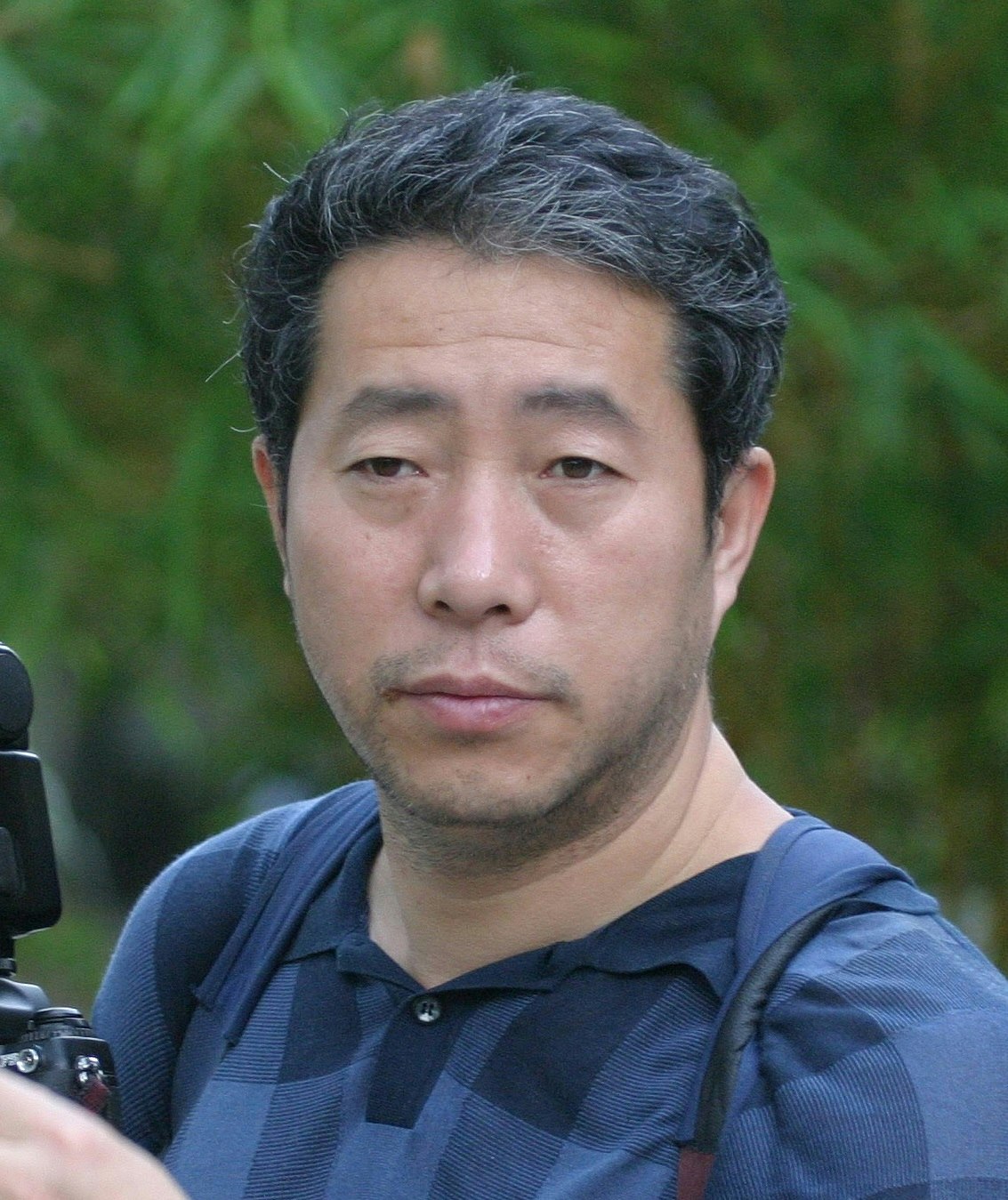Conserving the secretive Hooded Crane – research and conservation of breeding areas in the Xing’an Mountains, China

The great rivers of northeast Asia – the Ussuri, Lena, and Amur – are fed by swamps hidden in China’s Xing’an Mountains. This vast boreal forest region is one of the world’s last remaining wildernesses. It is also the last stronghold for the Hooded Crane.
Only 60 breeding pairs have been recorded worldwide. Despite this, wetlands are being lost faster than any other land type in China: the greatest increase in arable land between 1990 and 2000 occurred in the Xing’an Mountains. Seen as ‘wastelands’ to be developed, wetland drainage threatens both wildlife and the health of rivers, upon which millions of people depend for water.
The Hooded Crane is one of least known large birds of the world. Part of the reason for this is the inaccessibility of its habitat. Until recently, Russia’s cranes seemed secure with a breeding population of at least 300 pairs, but today the rapid advance of hydropower projects is claiming one mountain river valley after another in the Russian Far East. Major encroachment on crane habitat is occurring in Burey river valley, and will be followed by projects on the Timpton, Uchur, Olekma, and other rivers of the Lena basin – affecting half the known breeding range.
 Ornithologist, Dr. Guo Yu Min, 43, was born in the Xing’an Mountains and first saw Hooded Cranes in the late 1990s. Inspired, he has built a team of Chinese and Russian conservationists to develop effective monitoring and protection of the cranes and the swamps where they breed.
Ornithologist, Dr. Guo Yu Min, 43, was born in the Xing’an Mountains and first saw Hooded Cranes in the late 1990s. Inspired, he has built a team of Chinese and Russian conservationists to develop effective monitoring and protection of the cranes and the swamps where they breed.
Changing local attitudes towards wetlands by using cranes as flagships for conservation is one of the highest priorities. More than 20,000 education booklets have been published, motivating locals of Xingqing to rename the town, “Homeland of Hooded Crane”. The real challenge for Yumin and his team is to now work with local people towards rural development options that do not destroy the fragile wetlands.
Key facts:
- 300 reserves have been created in the Amur-Heilong river basin. 80% of these remain ‘paper parks’, protected by laws for which there are no resources to enforce.
- Wintering ground counts report 9,500 Hooded Cranes, but only 60 breeding pairs have been recorded worldwide, 30 by Dr.Guo’s team in China.
- The Hooded Crane is listed as ‘Vulnerable’ on the IUCN Red List and on CITES Appendix I and II. The Endangered Blakiston’s Fish Owl, as well as bear, moose and sable share the Hooded Crane habitat.
GUO YUMIN WINS FURTHER FUNDS FROM NSFC
January 2008
Guo Yumin has successfully applied for a grant from the National Science Foundation of China. The grant of RMB 80,000 will fund further research of Hooded Crane breeding habitat, bringing together data and understanding that will be used to help conserve the species.




